First teased as a concept at the 2016 Paris Motor Show, the Volkswagen ID.3 came to fruition at the Frankfurt Motor Show in 2019, with deliveries promised a year later.
Based on the Volkswagen Group’s MEB (Modularer E-Antriebs-Baukasten) platform, the all-electric car represents a new era for the German automaker, who has been trying to write-off its wrongs following the 2015 diesel emissions scandal. Indeed, the ID.3 is manufactured at the Zwickau factory in central Germany, which is claimed to be one of the “most efficient car factories in Europe” as it uses 100% ‘green’ electricity.
The VW ID.3 is not only a step in the right direction for the automaker, but also presents a few interesting questions to prospective EV buyers: can the hatchback outsell the likes of the Tesla Model 3? Will the ID.3 become the most popular hatchback in Europe, surpassing the likes of the VW Golf? Is it accessible for both new and experienced drivers? And, is the ID.3 affordable?
The VW ID.3 has since been revised, see our updated review by clicking here!
VW ID.3 price & competition
In the UK, the ID.3 Pro Performance, on review, costs £29,990 including the Government Plug-in Car Grant (PICG), which means it’s pricier than the new Golf 8 that starts from £23,355.
While it’s comparatively more expensive than its VW sibling, the ID.3 comes in at a competitive price when pitted against its all-electric rivals: the rapid Tesla Model 3 costs £40,490; the sporty BMW i3 from £39,690; the Hyundai Ioniq Electric starts from £30,950; the spacious Renault Zoe starts from £26,995; the comfy Nissan Leaf at £26,845; the tech-focused Honda e at £26,660; the familiar-looking Vauxhall Corsa-e at £26,640; the stylish Mini Electric at £24,900; the bite-sized Volkswagen e-up! starts from £20,555 with its near-identical sibling, the Seat Mii Electric, coming in at £19,800; and the cheapest and most compact EV on the market, the Smart fortwo coupé, will set you back £17,550.
The ID.3, like its competitors, comes in a variety of different trims: Life (£29,990), Business (£33,720), Family (£34,650), Style (£34,180), Tech (£36,190), Max (£38,220) and Tour (£39,290).
As standard, the Pro Performance Life – that’s on review – comes with the following options:
- 150 kW (201 hp) of power and 310 Nm of torque
- 0-62mph in 7.3 seconds with a top speed of 99mph
- 58 kWh battery capable of up to 263 miles of range on the WLTP cycle
- Supports a 100 kW input charge
- 18″ Aero steel wheels
- LED daytime running lights and headlights
- 10-colour ambient interior lighting
- 10″ infotainment display with Android Auto and Apple CarPlay
- Keyless start
- Front and rear parking sensors, Adaptive Cruise Control, Front Assist, Lane Assist and City emergency braking system
- Heated front seats and steering wheel
- 2x front and rear USB-C ports
There are a variety of different ‘packs’, which ultimately define the model and the asking price of said trim, the breakdown of each can be seen, below (click to expand):
All seven trims share the same powertrain, however, the most expensive Tour is the only one that houses the larger 77 kWh battery pack. Naturally, due to its housing more batteries, the ID.3 Tour will get to 62mph fractionally slower, at 7.9s, but has an impressive 336-mile WLTP range, instead. Volkswagen denotes the difference between the two battery packs by labelling the higher-capacity as ‘Pro S’, while the 58 kWh as ‘Pro Performance’. We wouldn’t be surprised to see the Pro S coming to the other trims at a later date.
Note: Since our review, Volkswagen announced a new entry-level ID.3 Life Pro edition at £28,670. The ID.3 Pro is available in the Life, Business and Family trims, where it houses a less powerful motor that outputs 107 kW (143 hp) of power and 270 Nm of torque, instead. It’ll get to 62mph in 9.6 seconds. Aside from its power output, the ID.3 Pro is identical to the ID.3 Pro Performance; it claims to also achieve 263 miles on a single charge thanks to its 58 kWh battery pack.
Read next: Volkswagen e-up! review: A bite-sized electric car
VW ID.3 exterior review
From the exterior, all seven trims also come with the same Moonstone Grey with a Flat Black trim. While looks are subjective, we find the grey tone a little bland. Volkswagen does, however, have five metallic finishes to choose from: Glacier White, Manganese Grey, Scale Silver, Stonewashed Blue and our personal favourite, Makena Turquoise. These colour options will set you back £620.
In a similar fashion, the German automaker equips its electric hatchback with uninspiring 18″ ‘Aero’ steel wheels. Should you wish to change them, the 18″ ‘East Derry’ alloys will cost £640, while more premium 19″ and 20″ options can set you back up to £1,760; at least if you are to upgrade the ID.3 Life.
No matter which rims or colour you pick, the vehicle’s shape won’t change. It’s 4,261 mm long, 1,809 mm wide and 1,552 high, which makes it very similar to the Golf 8, which measures 4,284, 1,789 and 1,456mm, respectively. Indeed, the ID.3’s size has undoubtedly been inspired by one of the most popular hatchbacks in Europe.
Here, it would seem Volkswagen has also used the Golf’s sporty rear design for imagination. The ID.3’s taillights are near-identical to its ICE counterpart, while the curved rear bumper also shares similar characteristics. Of course, it’s not a carbon copy, as the ID.3 has a more bubble-shaped finish and a slightly droopier rear spoiler.
At the front, the essence of the vehicle seems more closely linked to the manufacturer’s older-gen VW Beattle. Its bug-like front bumper and elongated headlights seem almost like a mix between new and old realities.
Read next: Mini Electric review: Style over substance?
VW ID.3 interior review
Now while the exterior might look like its siblings, the interior has had a complete overhaul. Here, there are strokes of genius throughout the cabin, but equally certain areas that have been overcomplicated for no real purpose.
Take for example the operation of the vehicle’s four power windows. Instead of having four levers, as you might expect in most cars, Volkswagen has chosen to omit the rear two. Instead, the German manufacturer has placed a capacitative ‘Rear’ button, which then enables the operation of the two front levers to control the rear windows, only. It’s strange and utterly pointless.
The same could be said about the use of capacitative buttons lined across the dashboard, which are used to control the media volume and the climate. The issue is, if your fingers are wet, the sensors won’t properly pick up your input. We are sure most would have preferred physical knobs or buttons, but alas that’s not the case.
There’s also no physical headlight controls by the driver’s side door, either. Yet again, a flurry of capacitative buttons, which are located to the side of the instrument cluster have replaced these controls.
But that’s not all, starting and stopping the vehicle could also leave a few consumers baffled. Volkswagen wants to simplify getting in and out of the car, and as such, as integrated a sensor within the driver’s seat. This, in turn, permits one to drive or indeed switch off the vehicle without having to press a button; even the ignition is initiated by pressing down on the foot brake, only.
This might seem clever, but it’s not until other occupants are within the cabin, where this poses an issue. If the driver is to leave the vehicle with the key, the car’s infotainment system and climate controls power down – those still inside could get cold and left in silence. The only way to override this function is to leave the car key within the cabin; still, occupants will have to reach over to the infotainment system and hopelessly tap on the capacitive power button – not ideal if you have teenagers sitting at the back.
Annoyances aside, there is some clever thinking within the cabin. The steering wheel, for example, has cruise control buttons on the left and media controls on the right, all of which have haptic feedback allowing you to feel when they’re activated – the mode (left) and view (right) buttons can also be swiped, making for an intuitive way to adjust what you see on the 5.3″ instrument cluster.
Speaking of which, the gear selector is bolted onto the side of the display and can be twisted to select the gear. It’s near-identical to the BMW i3. Its placement isn’t there to cause experienced drivers to reach out hopelessly toward the centre console, but rather, to save on space. With the gear selector stripped from the centre, it allows for more room – you can even stretch your legs a little further toward the side.
As a result, there are two cupholders and an elongated storage compartment that can be concealed to hide your valuables. Better still, there’s a rubber pad where you can place a wallet or small-sized purse, where the second wirelessly charges your smartphone. It feels intuitive.
There are also two USB Type-C ports at the front and at the rear of the cabin – totalling four ports. You will, however, need to get yourself a Type-A to Type-C adapter if you don’t have a Type-C to Type-C/Lightning cable handy. Likewise, if you use a dashcam, there’s no 12V cigarette lighter in sight.
On the subject of connectivity, the ID.3 supports both Android Auto and Apple Car Play, both of which are extremely well integrated. When used with a Samsung Galaxy S10+, the former system integrates itself with the instrument cluster, whereby navigation data is fed in real-time to both the 5.3″ and 10″ displays. Given one can also expand a portion of the instrument cluster’s navigation display, by using the ‘view’ button on the steering wheel, it makes for a bettered experience.
On the ID.3 Tech, Max and Tour you also get a head-up display within the Infotainment Pack Plus, which betters driving comfort. Here, you’ll also get a ‘6+1’ speakers, where five audio drivers are located at the front of the cabin, and two at the rear. Unfortunately, the Life, Business, Family and Style trims are treated with a ‘4+1’ configuration, only. The result is no rear speakers, which does take its toll on the overall soundstage. If you’d like to hear how it performs, watch our detailed review of the system on YouTube.
As for the infotainment system, it’s very responsive and is comprehensively laid out making for easy navigation through the sub-menu system. Here, you can also adjust the ambient lighting, which stretches around the cabin.
Read next: Kia e-Niro review: The best all-electric SUV?
VW ID.3 storage review
When it comes to storage, the ID.3 has space by the centre console and within each of the four doors to store valuables. The front doors will also fit a 500ml bottle. The real selling point is the large boot, which has a 385-litre capacity, and with the seats down extends to 1,267 litres.
Here’s how it stacks up to its competitors: Nissan Leaf (435/1,161 litres); Hyundai Ioniq Electric (357 /1,417 litres); Renault Zoe (338/1,225 litres); Corsa-e (267/1,076 litres); VW e-up! (251/951 litres); Seat Mii Electric (251/923 litres); Mini Electric (211/731); Honda e (171/571 litres); Smart fortwo coupé (260/350 litres).
It’s disappointing, however, not to find a place to store the vehicle’s charging cables. Given the ID.3 was designed from the ground up as an EV, one might have expected to see the German automaker allocate some room for the vehicle’s cables. Instead, you’ll have to rely on bags sitting within the rear.
The boot is not flat either, where there’s a raised boot lip and with the rear seats down, a step emergest between the boot floor and the rear of the back seats.
Read next: MG ZS EV review: An affordable all-electric SUV
VW ID.3 comfort review
Another aspect that might bother a few individuals is the rear middle seat. When not in use, some of VW’s rivals offer an armrest that also houses two cupholders. This makes for a bettered experience for rear occupants, but with the ID.3 you’re left with an empty space between the two rear passengers.
On that note, there are five seats and four doors, which makes the ID.3 accessible for families. The front seats have a retractable armrest making for a more comfortable drive when cruising along the motorway. Here, the front two are manually adjustable where there’s no electronically adjustable option – maybe a sign of cost-saving, but a feature we’d expect in a car that costs around £30,000. On the plus side, the front seats are heated and so is the steering wheel.
When it comes to headroom and legroom, the VW ID.3 offers an ample amount of space both at the front and at the rear of the cabin. In comparison to its rivals, it’s arguably the most spacious of the bunch, where 6-foot 4-inches (193cm) individuals can sit without feeling henned in.
The seats themselves are a little stiff, namely when compared to the soft seats of the Nissan Leaf, but yet, the ID.3 won’t leave you with any lower back pain on longer drives. However, at the rear, the seats are oddly designed; they’re almost diagonal, which means that taller individuals might find themselves a little uncomfortable after an hour or two.
As for cabin noise, there’s a small amount of tyre noise that creeps in, but it’s otherwise serene. Still, the ID.3 isn’t as quiet as the Honda e, the Audi A8 or e-tron that set the benchmark for quiet cabins.
Read next: Renault Zoe review: Best electric family car?
VW ID.3 performance review
The ID.3 does, however, share similarities with the Honda e: they both operate on a rear-wheel-drive system. This plays a huge role in the car’s feel, as both electric hatchbacks handle extremely well around country roads. In fact, we can go as far as saying that the ID.3 handles better than the equivalent Golf 8, which opts for a front-wheel-drive system; unless, of course, you opt for the Golf R, which uses an all-wheel-drive system, instead.
Indeed, driving the ID.3 not only feels familiar to the Golf due to its shape, but also incites confidence when driven at speed. We found that driving the car in Sport mode (or Individual), resulted in the best experience on country roads as it stiffens up the steering wheel and makes the accelerator pedal a little more responsive.
Volkswagen has tailored the suspension and ride stiffness to perfection, at least in our opinion. It’s both firm when going around corners at speed, which results in minimal body roll, and is also soft enough to glide over potholes and speed bumps within the city. While it’s not as cushiony soft as the Nissan Leaf, it still strikes a great balance.
Truthfully, the ID.3 is more fun to drive than its ICE counterpart; this is mainly due to the vehicle’s permanently excited synchronous motor (PSM), which dispatches 310 Nm of torque at any given time – you don’t have to wait for a petrol or diesel engine to kick into life.
The hatchback has 150 kW (201 hp) of power, which will spring you to 60mph in just 6.45s; a figure we attained by testing the car in normal conditions using Racelogic’s Vbox Sport.
While driving an all-electric car can be extremely fun, the decision to avoid one is often linked with range anxiety; no matter how the car feels, consumers seem to avoid zero-tailpipe emitting vehicles due to the amount of miles they can achieve in a single sitting. Thankfully, that’s where the ID.3 excels. The Pro Performance’s 58 kWh battery claims to run for 263 miles on a single charge; while we didn’t achieve this figure in our mixed driving tests, we did, however, manage to squeeze in 230 miles.
This figure alone makes it extremely tempting for the average consumer and more so, makes it a compelling option for those who had already decided on making the switch to an electric powertrain. Under the same testing methodology, no other electric hatchback we’ve tested betters the ID.3’s range: the Nissan Leaf and Renault Zoe both manage 200 miles; Hyundai Ioniq Electric: 140-150 miles; Vauxhall Corsa-e: 130-140 miles; Volkswagen e-Up! and Seat Mii Electric: 120-140 miles; Mini Electric: 100-110 miles and Honda e: 80-90 miles.
Suffice to say, range anxiety on the ID.3 is a non-issue. It’s also quick to recharge, where it supports a rapid 100 kW input via its CCS port, allowing it to go from 15-80% in just 35 minutes. Opt for a slower 7.2 kW input via the Type 2 port, and you’ll go from 0-100% in 9hrs 30mins. If you have access to an 11 kW input, you can achieve the same level of charge in 6hrs 15mins.
On a more negative note, it’s surprising to see the German automaker has only included one regenerative braking mode: B-mode, which can be initiated via the gear selector. In this mode, the car will provide up to 0.3g of deceleration, which in our opinion isn’t anywhere near enough to drive with one pedal, only. Unlike the Nissan Leaf and the Hyundai Ioniq Electric, which not only have customisable levels of regenerative braking, both also have the option to decelerate at a faster pace, which allows you to effectively drive using one pedal, only.
Similarly, it’s strange that the ID.3 fails to remember your last-used driving settings, namely when it comes to safety assistance systems. For example, Lane Assist, while useful on the motorway, it can also conflict with user input, taking away that driver’s feel. As such, to disable it, you’ll need to navigate through the infotainment system each time you step foot inside the vehicle. It’s cumbersome, but hopefully, Volkswagen can provide its customers with the option to permanently disable this feature via a future firmware update.
On the subject of safety, Adaptive Cruise Control and Emergency Assist both work well, where the latter also uses a visual indicator to illuminate a stretch of LEDs lined across the vehicle’s dashboard of any upcoming danger. This means it’s not only audible but visual, making for a safer experience. Here, the car also achieved five stars in Euro NCAP’s rigorous 2020 tests. Safety for Adult Occupants sits at 87%, Child Occupant at an impressive 89% and unsurprisingly scored 88% in the Safety Assist tests, too.
It’s worth knowing that the ID.3 Life is limited to front and rear parking sensors, which is disappointing for a car that costs £29,990. If you want a rear-view camera, you’ll need to invest in one of the other trims – excluding the Style, which also omits the feature.
Thankfully, visibility is excellent. The all-electric hatchback has a small front bonnet allowing good sight of the road ahead, and the large rearview and side windows also make parking a breeze, even without the use of a rear-view camera. The cut-out windows by the A-pillars have also been cleverly thought out to help with visibility.
Read next: Hyundai Kona Electric review: Kia e-Niro alternative?
TotallyEV’s verdict on the Volkswagen ID.3
The VW ID.3 isn’t perfect, where it has a few quirks within the cabin, strangely opts for weak regenerative braking and has an exterior design that won’t be everyone’s cup of tea. It is, otherwise, excellent.
It’s practical, where it’ll comfortably seat five adults. Spacious, with a large boot capacity and plenty of storage compartments around the cabin. Fun to drive, as its rear-wheel-drive system and suspension setup make it a driver’s car. Defeats range anxiety, as the 58 kWh Pro Performance will achieve around 230 miles on a single charge. Affordable, where it costs around £10,000 less than the equivalent Tesla Model 3 and further, slots in at an extremely competitive price over its rivals.
Ultimately, if you’re looking for the best all-round electric hatchback, you should look no further than the ID.3. It’s a fantastic car that rightfully deserves TotallyEV’s coveted Best Buy award.
We’d love to hear your thoughts on the Volkswagen ID.3. Let us know in the comments section below or via social media; we’re on: YouTube, Instagram, Facebook, Twitter and LinkedIn.

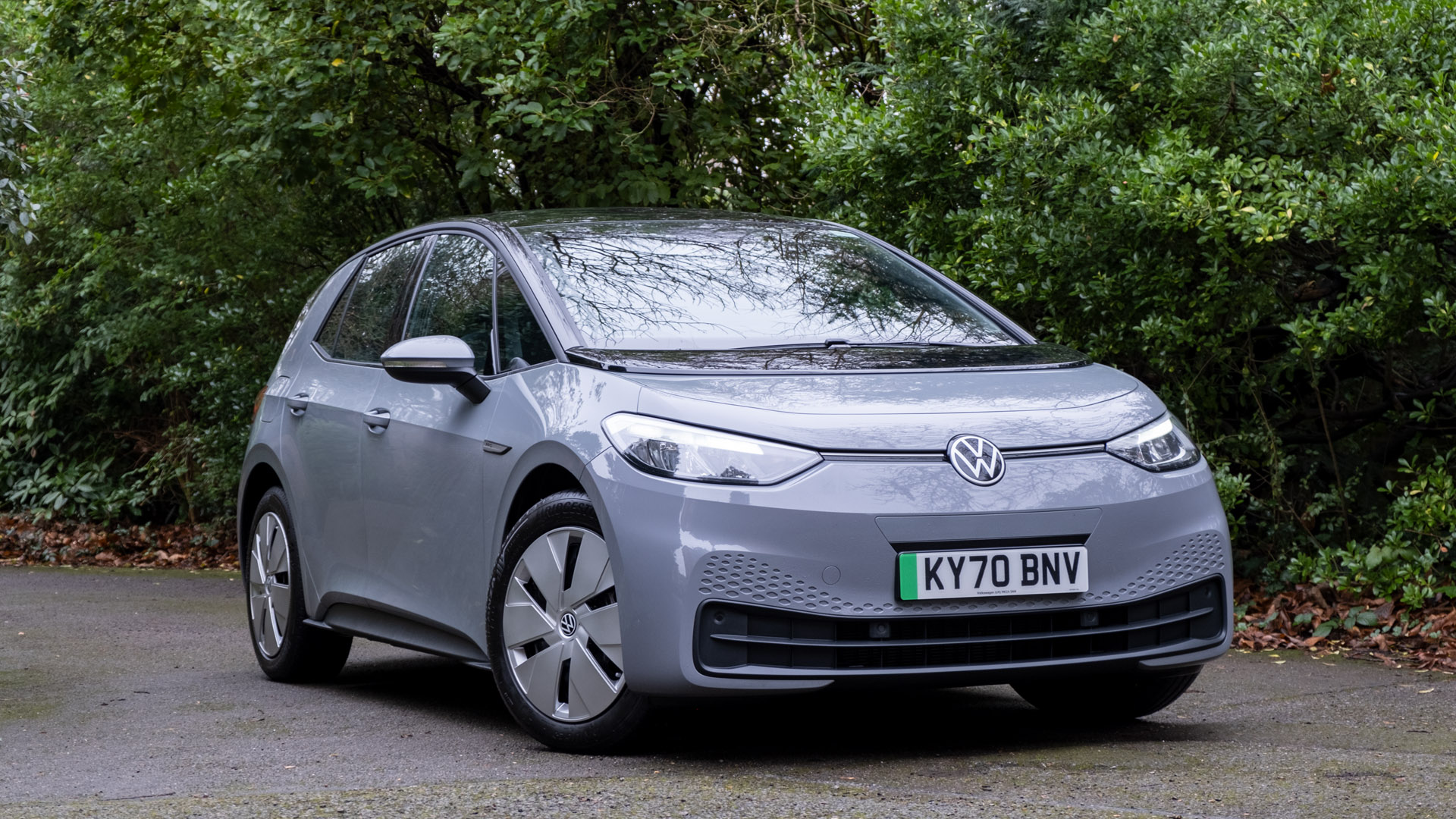
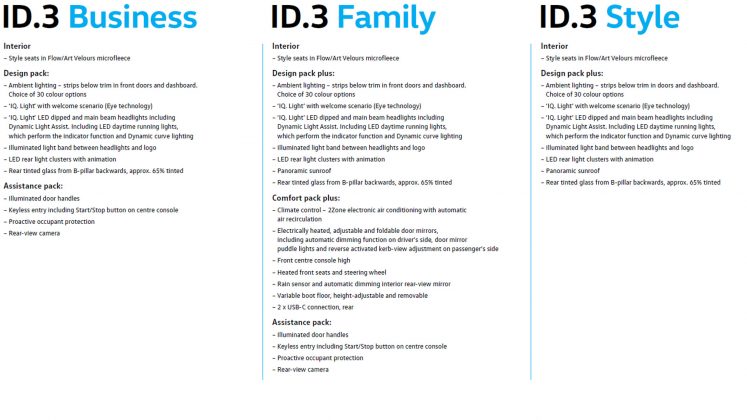
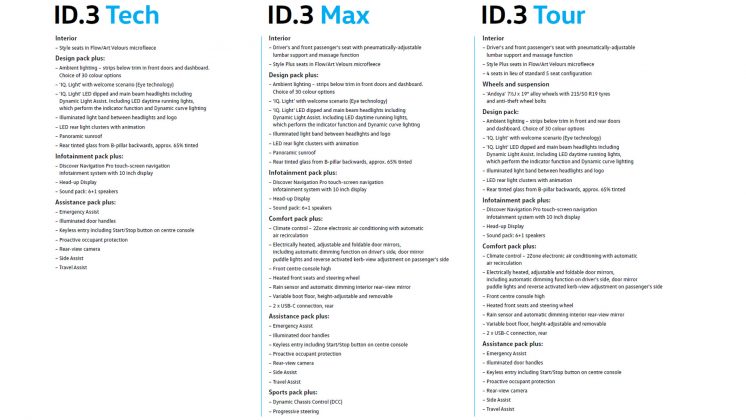
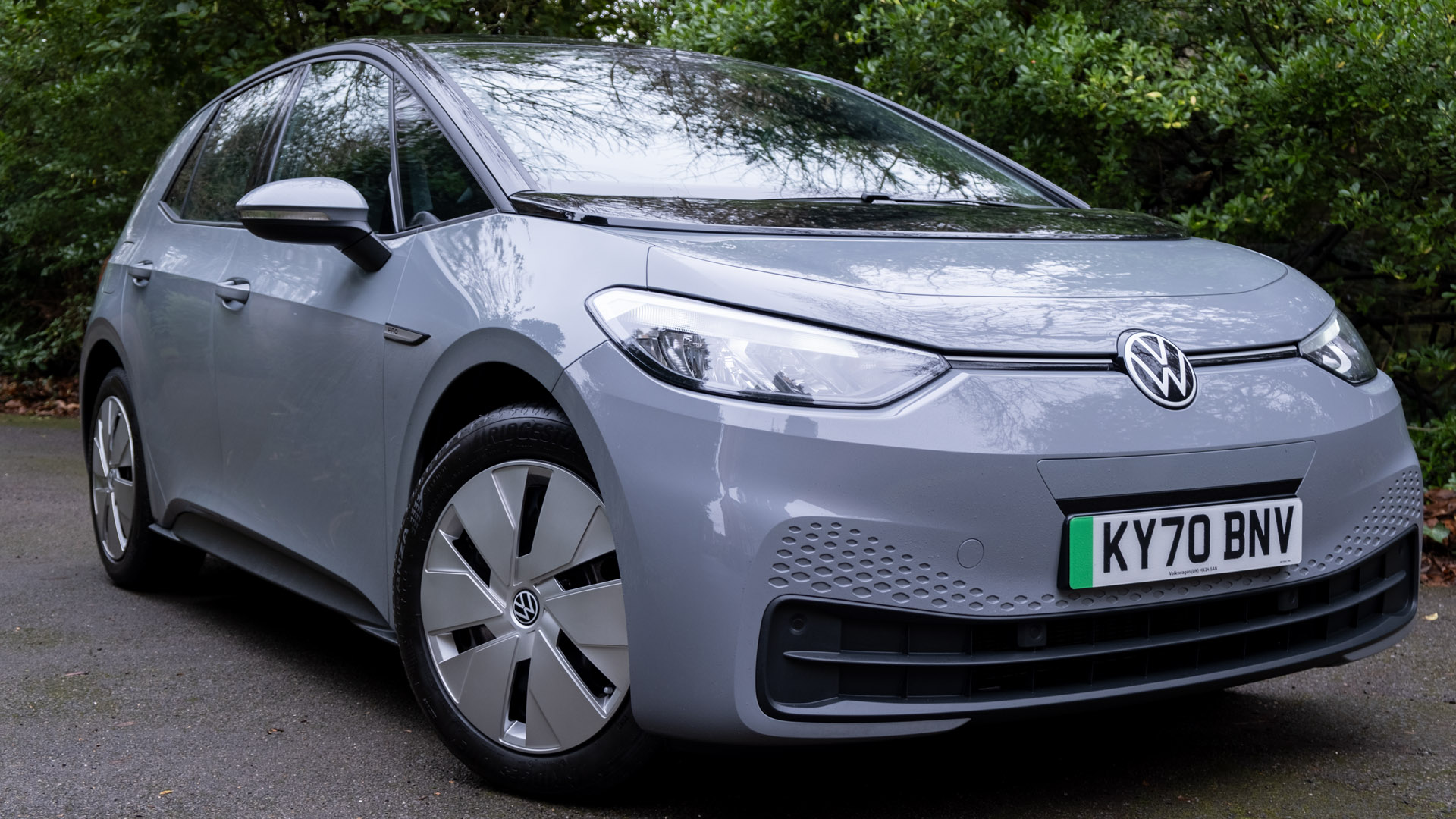
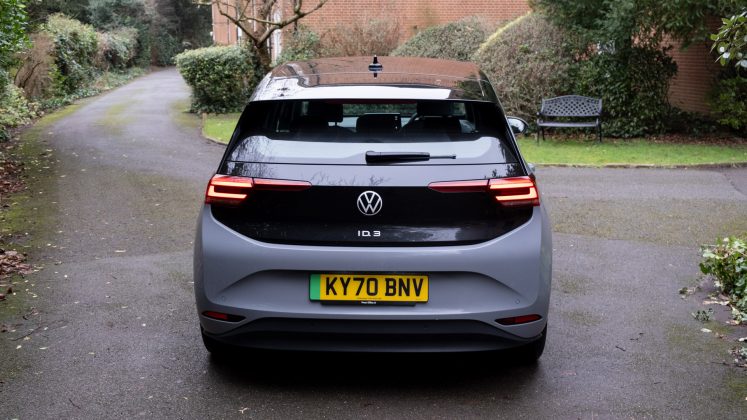
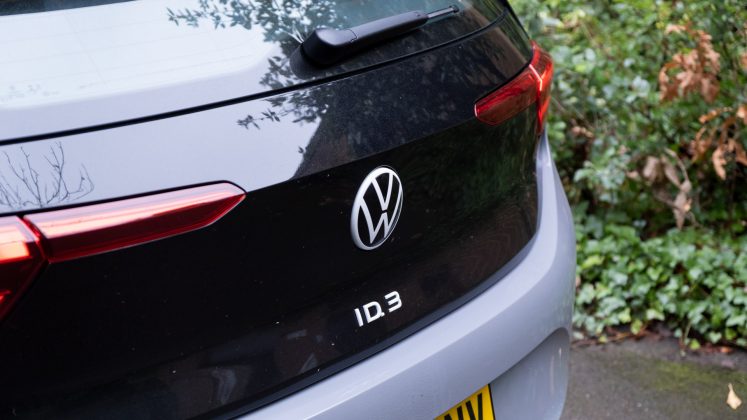
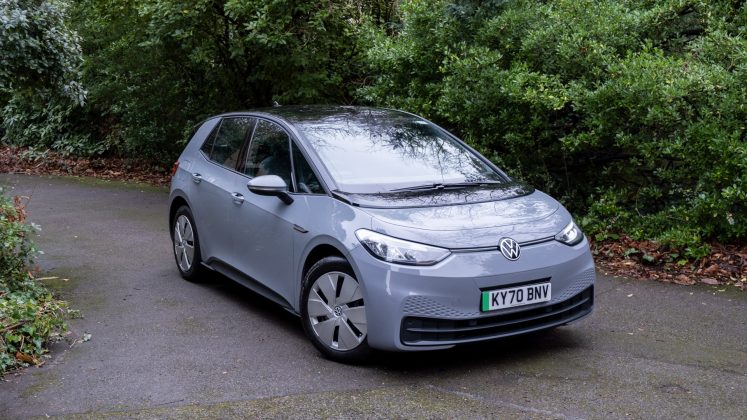
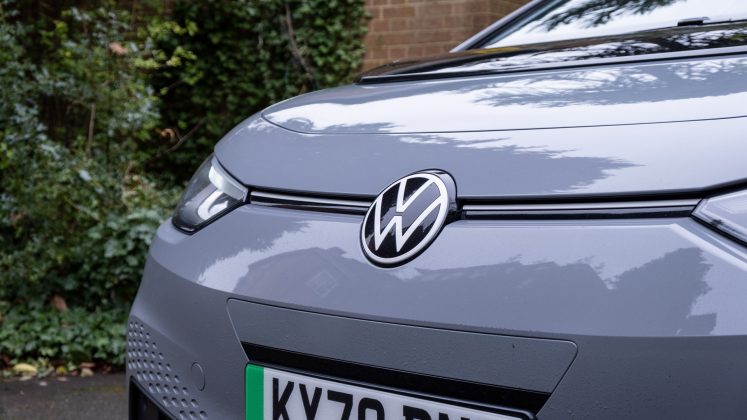

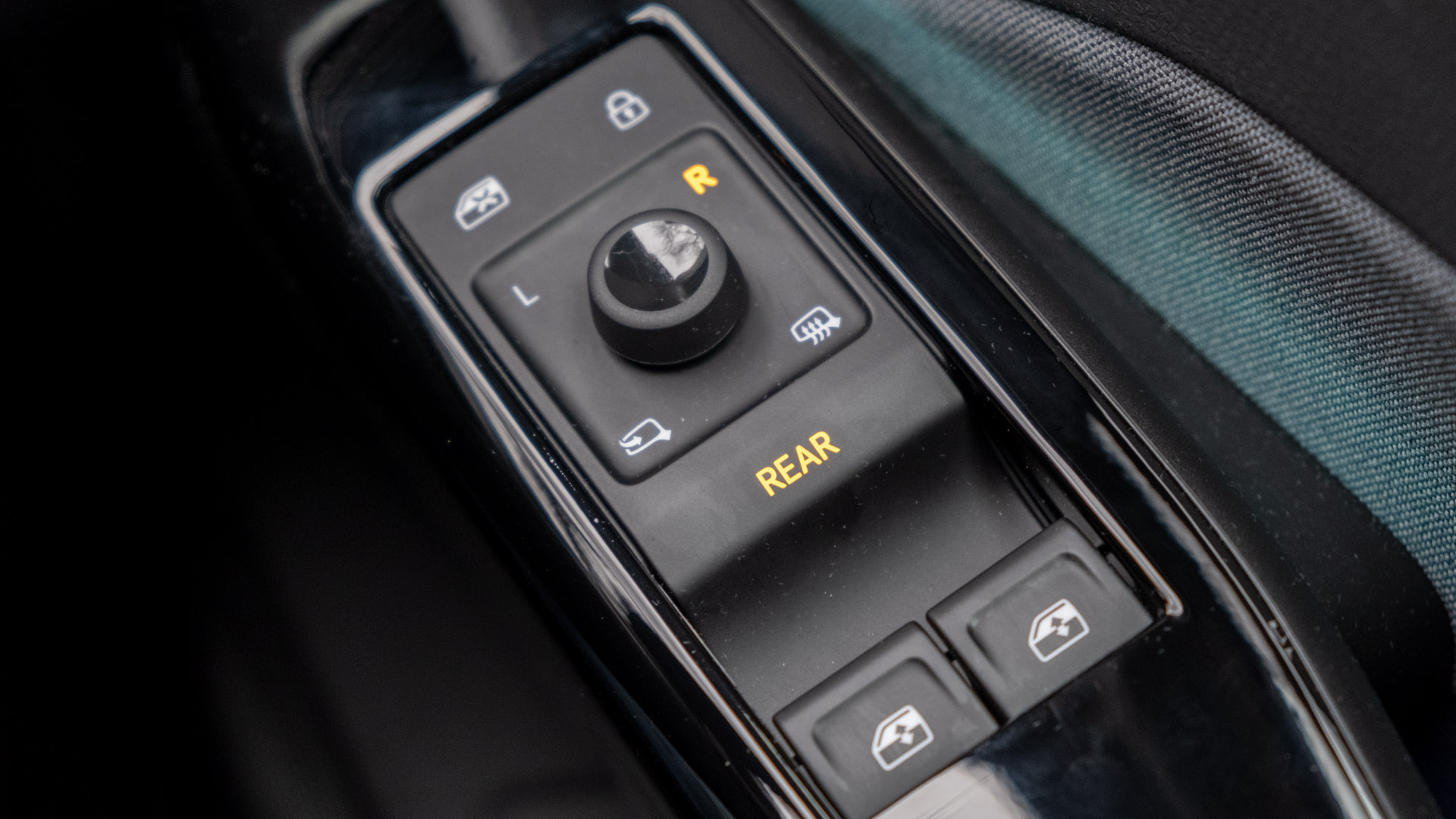
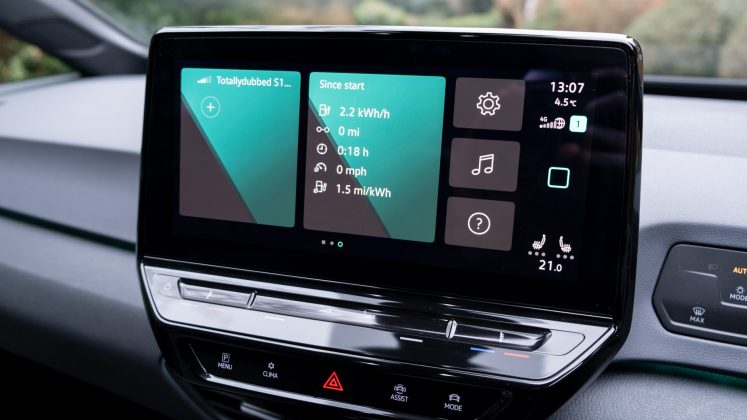
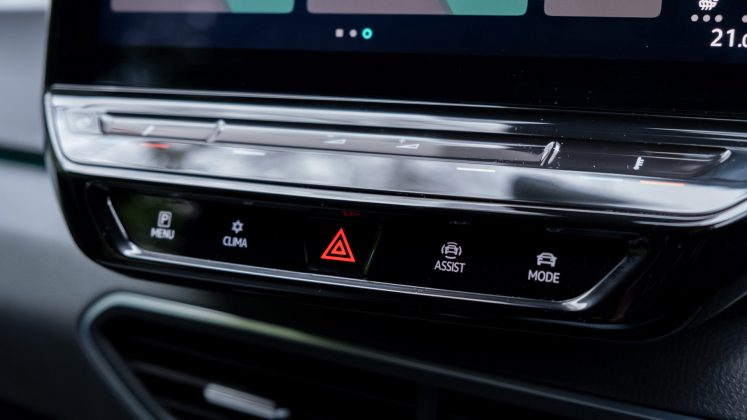
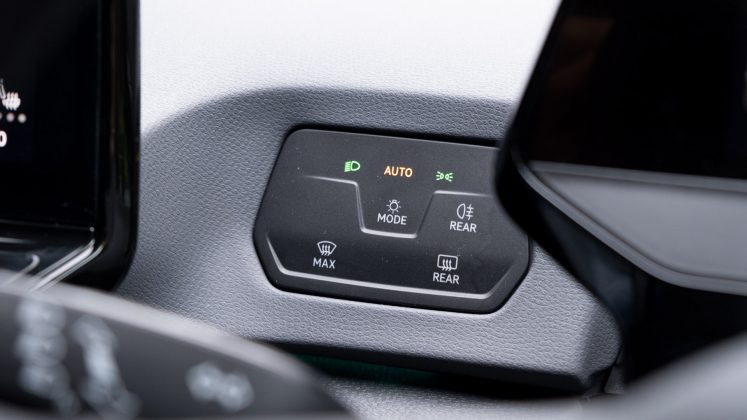
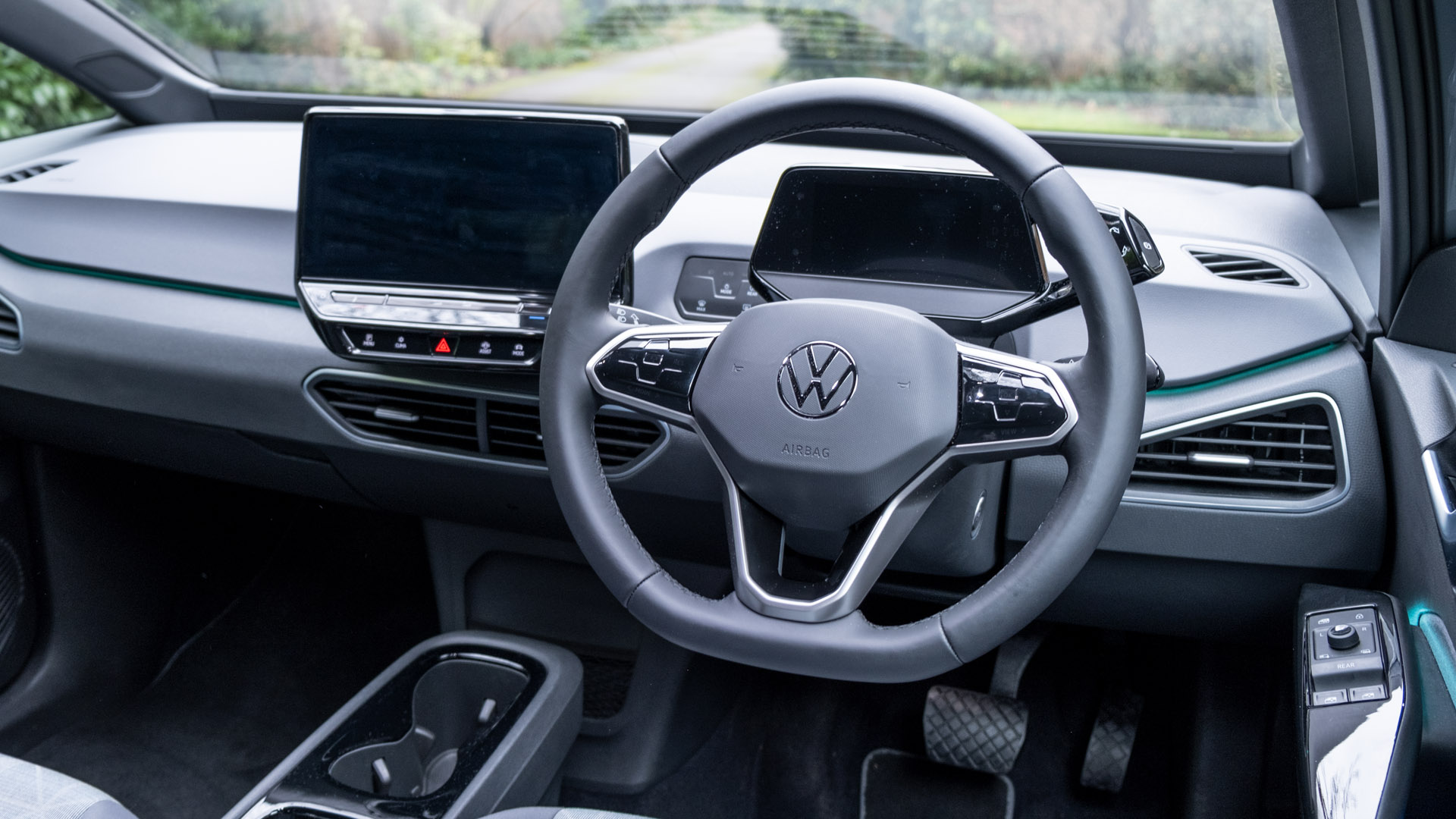
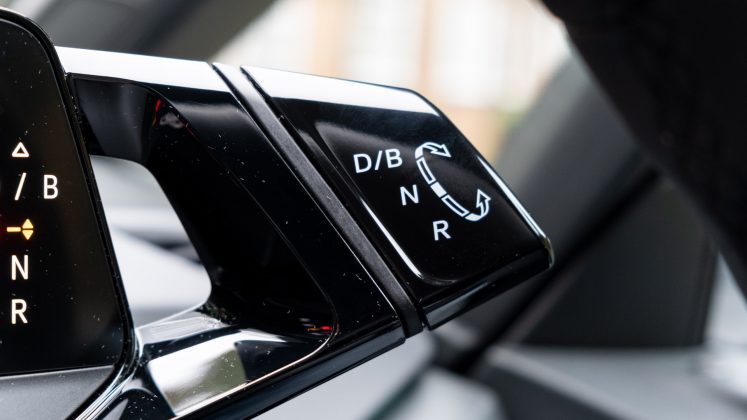
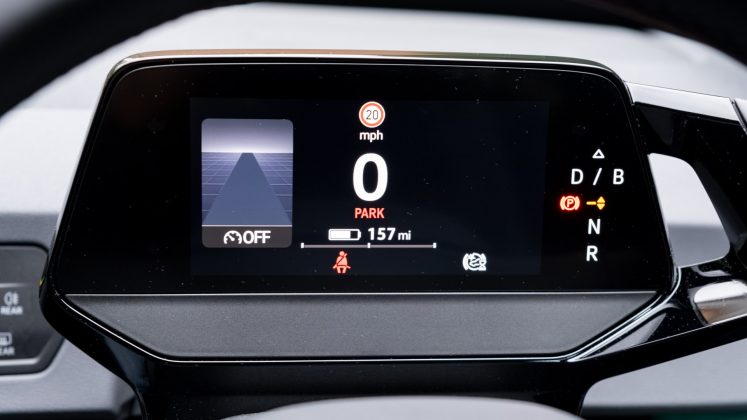
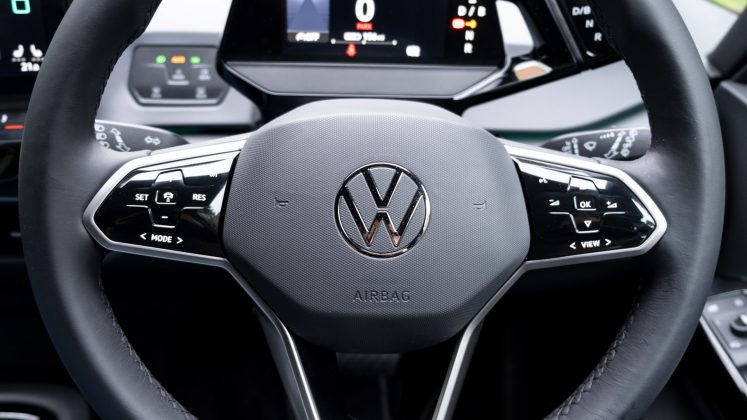
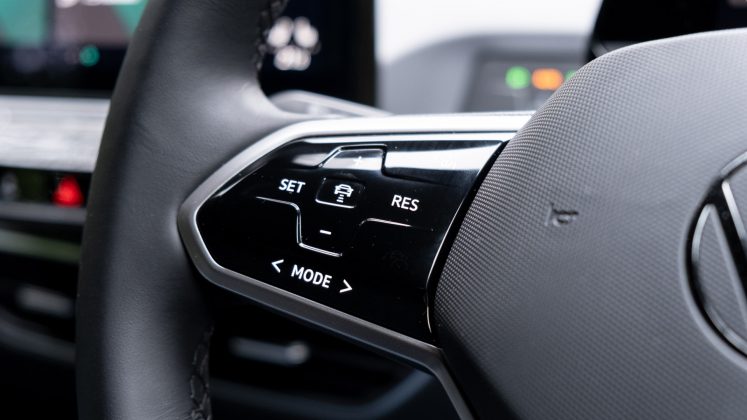
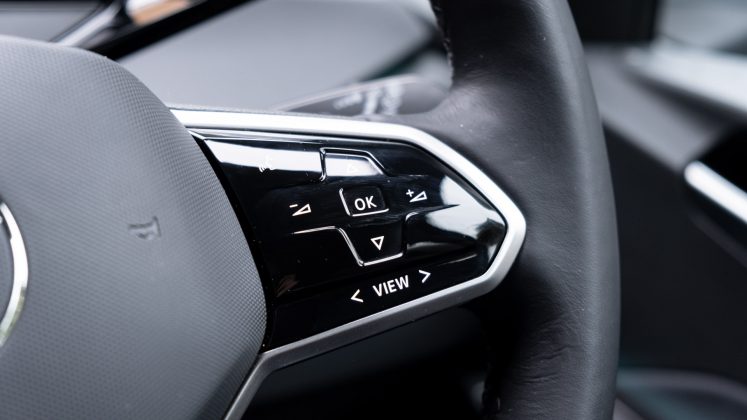
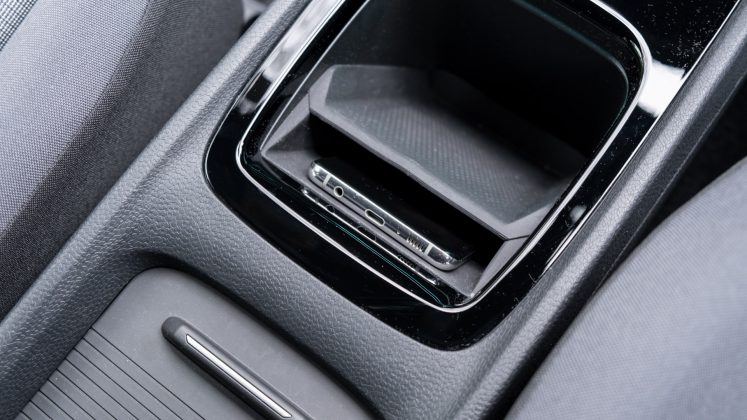
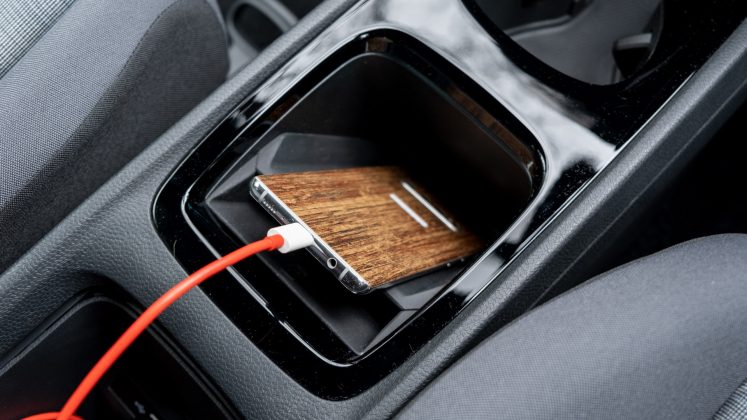
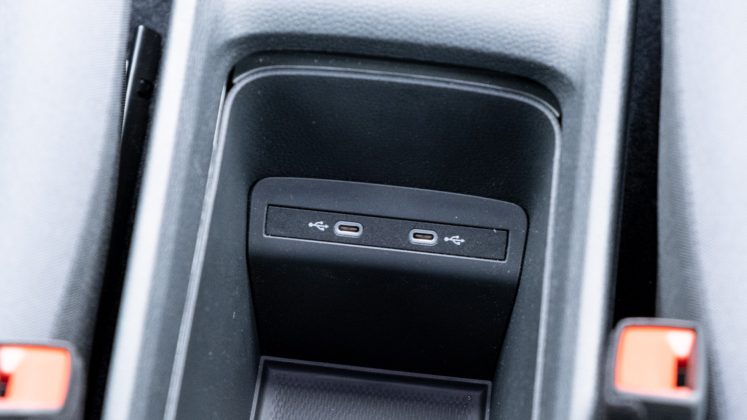
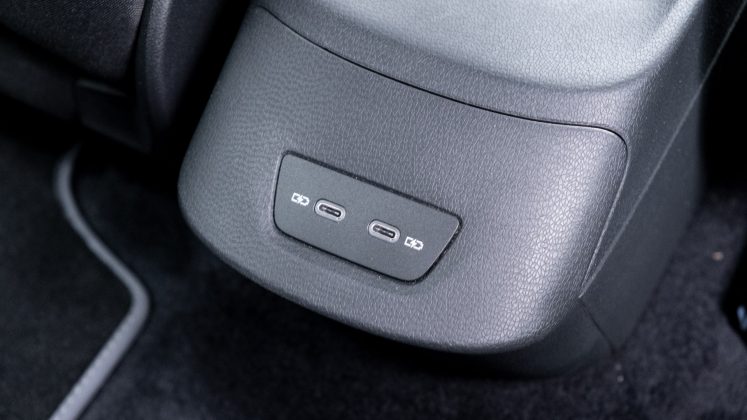
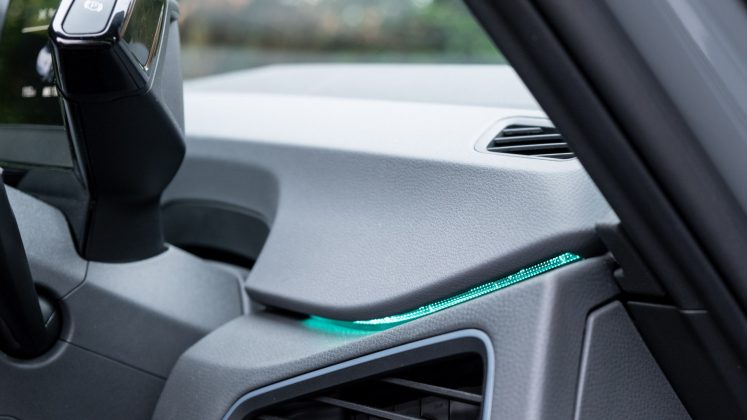
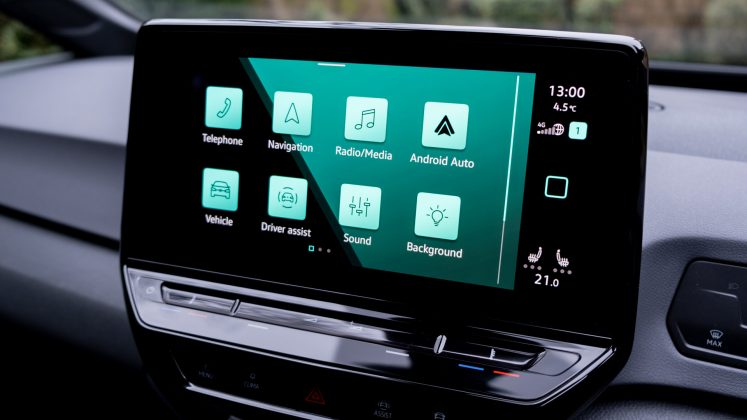
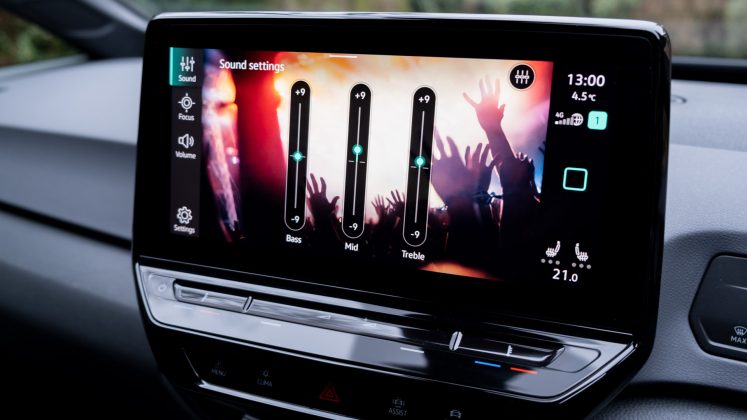
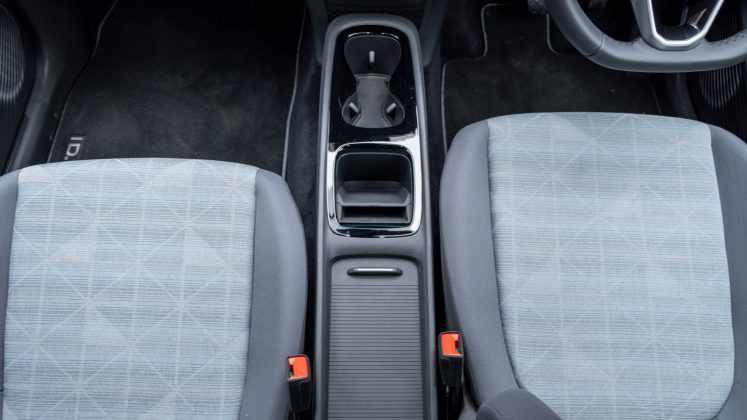
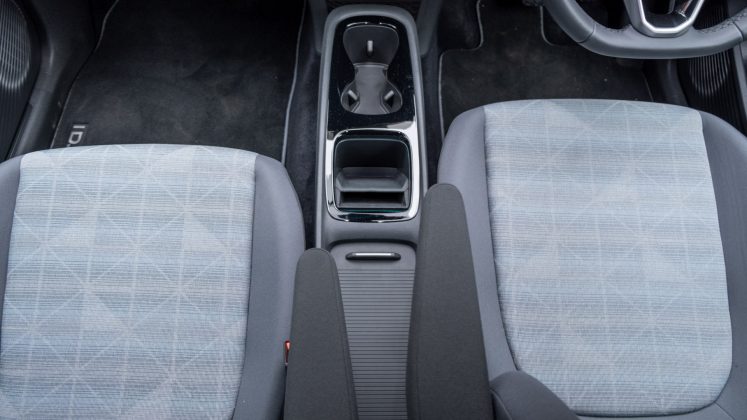
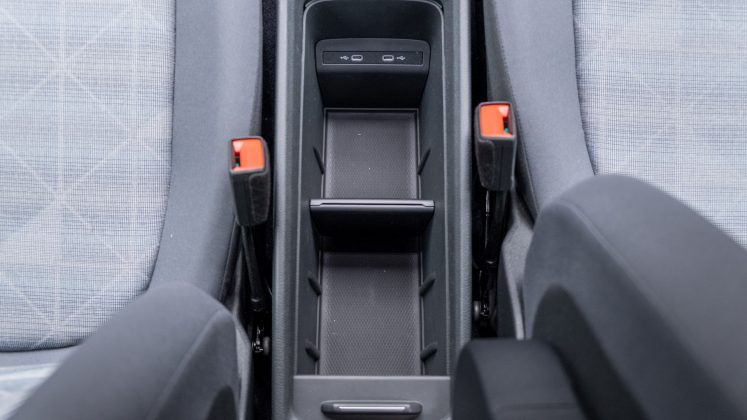
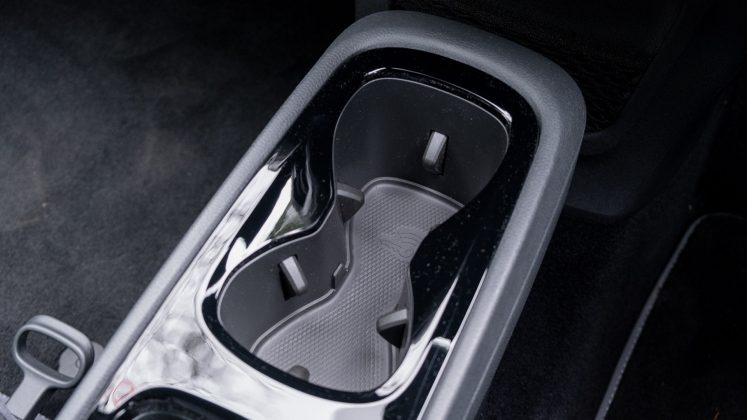
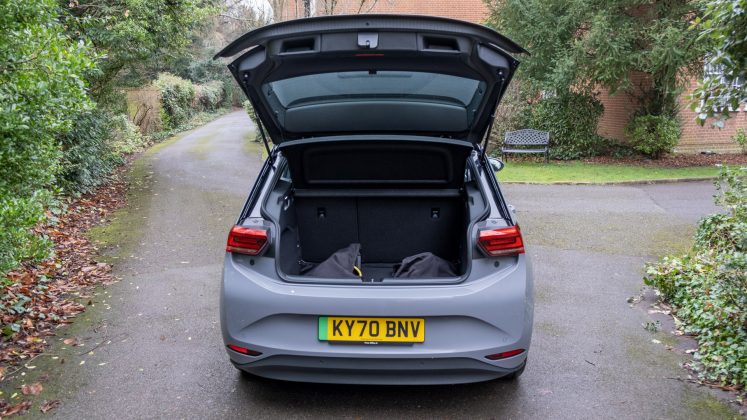
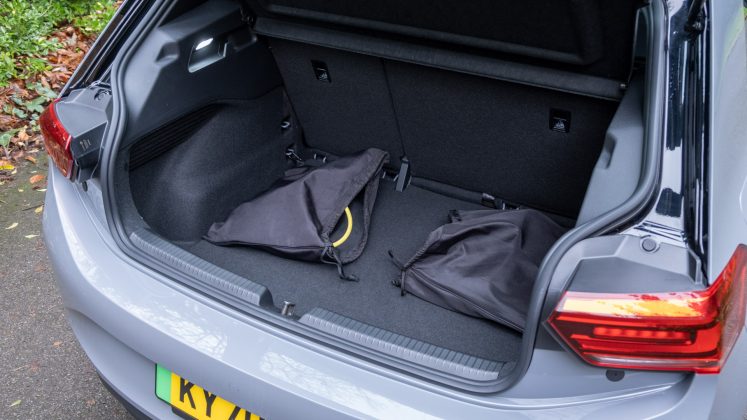
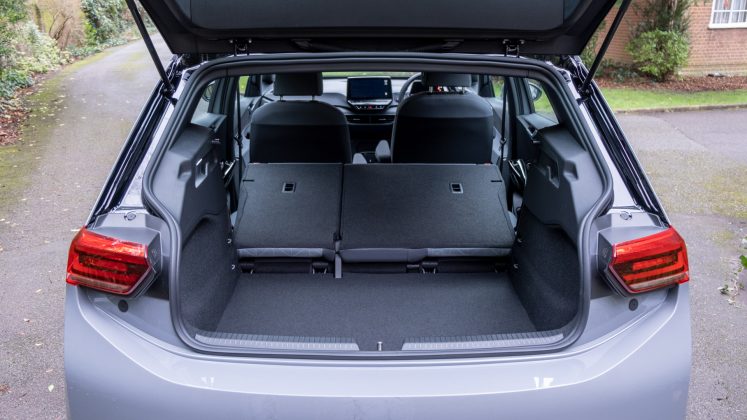
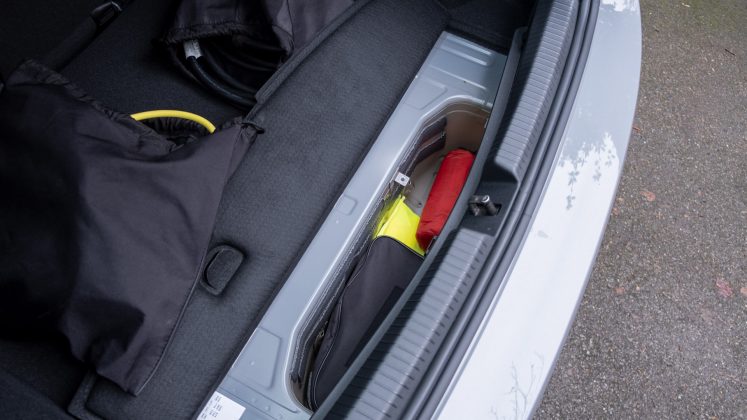
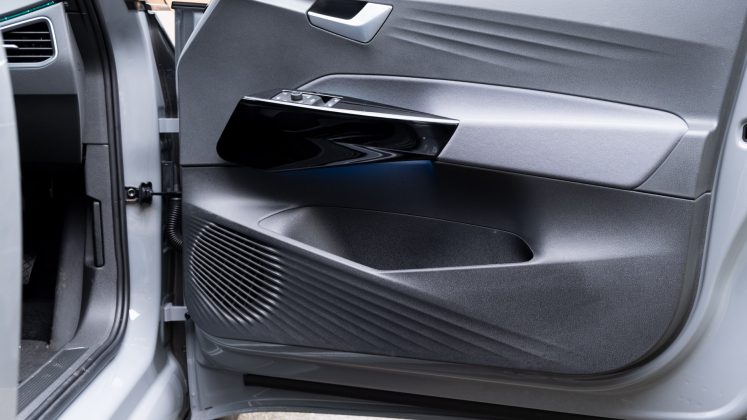
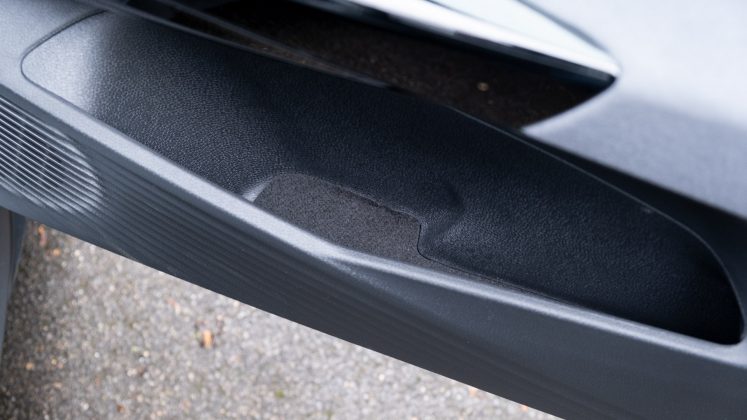
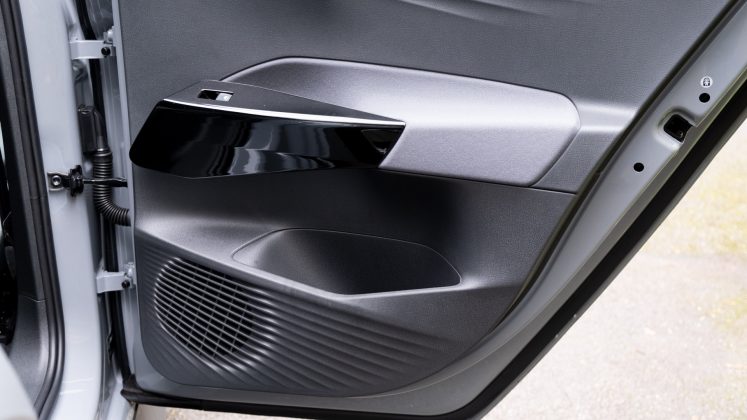
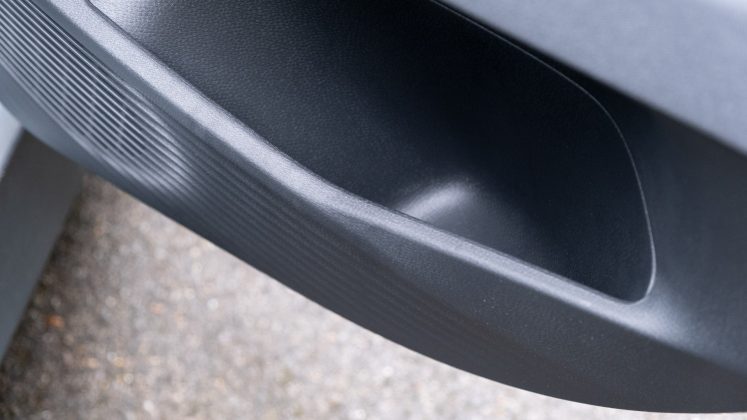
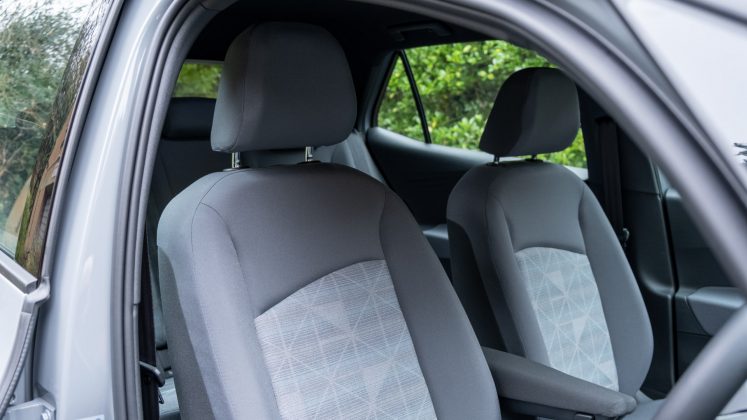
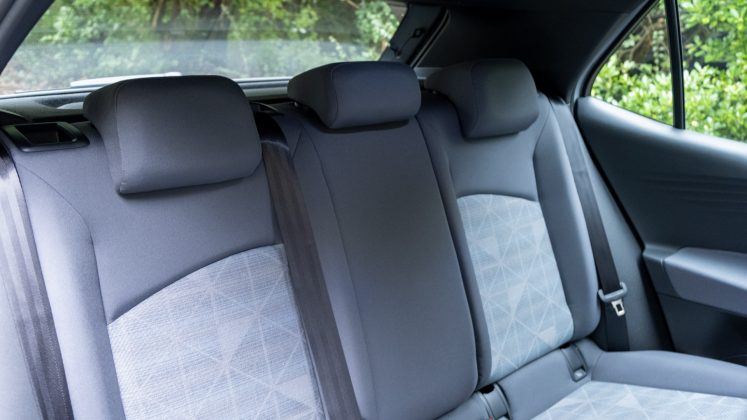
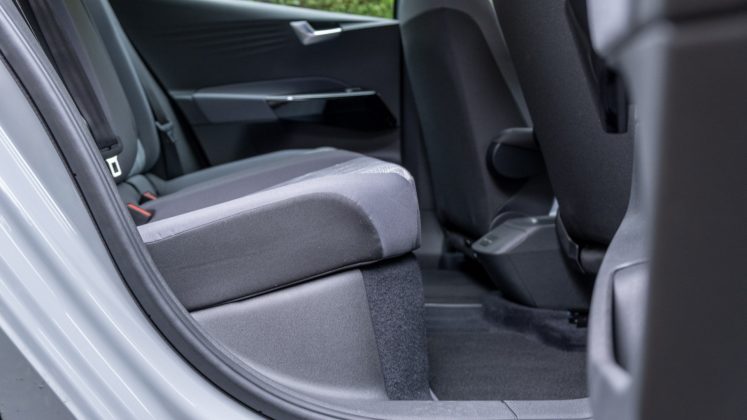
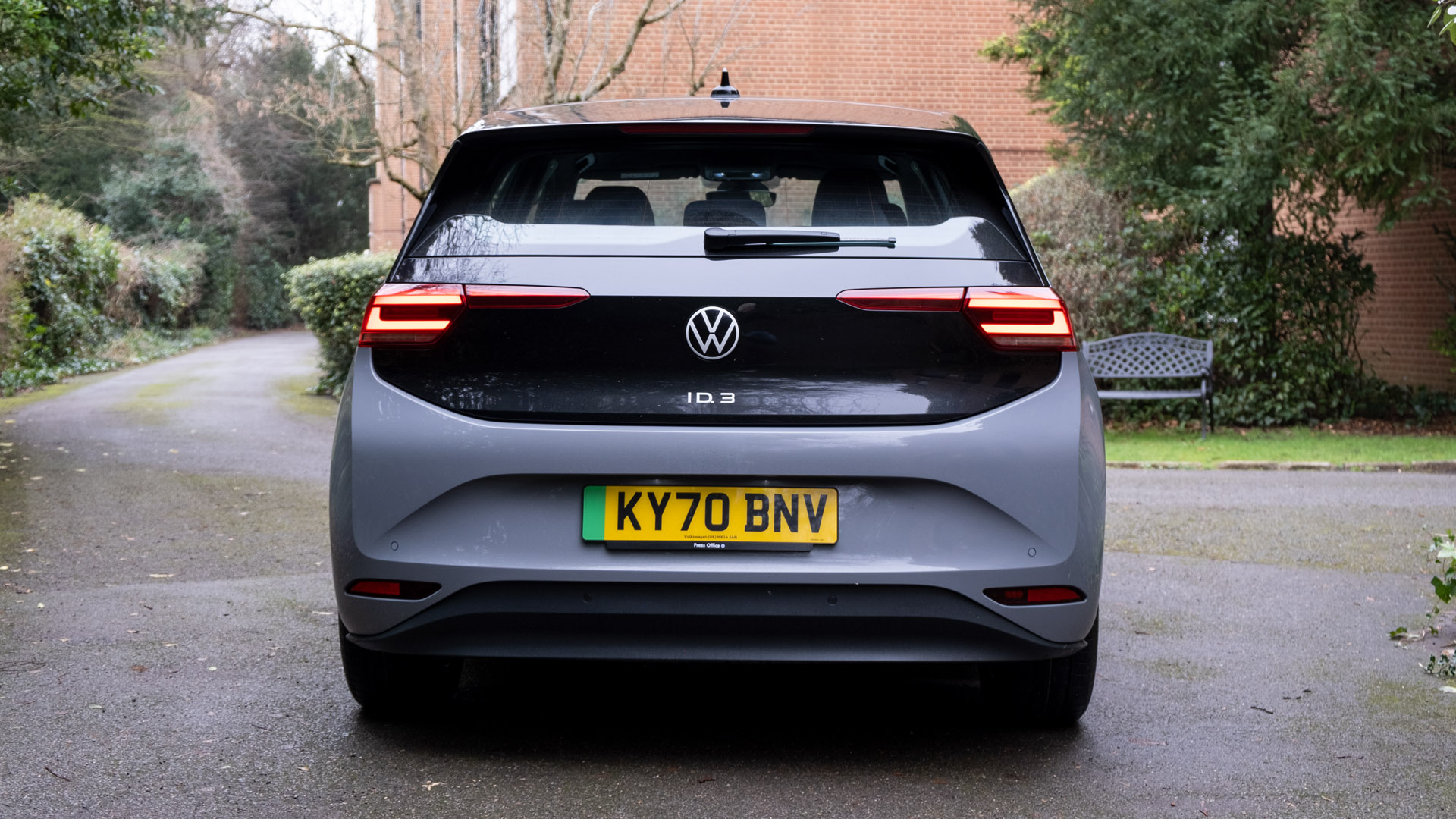
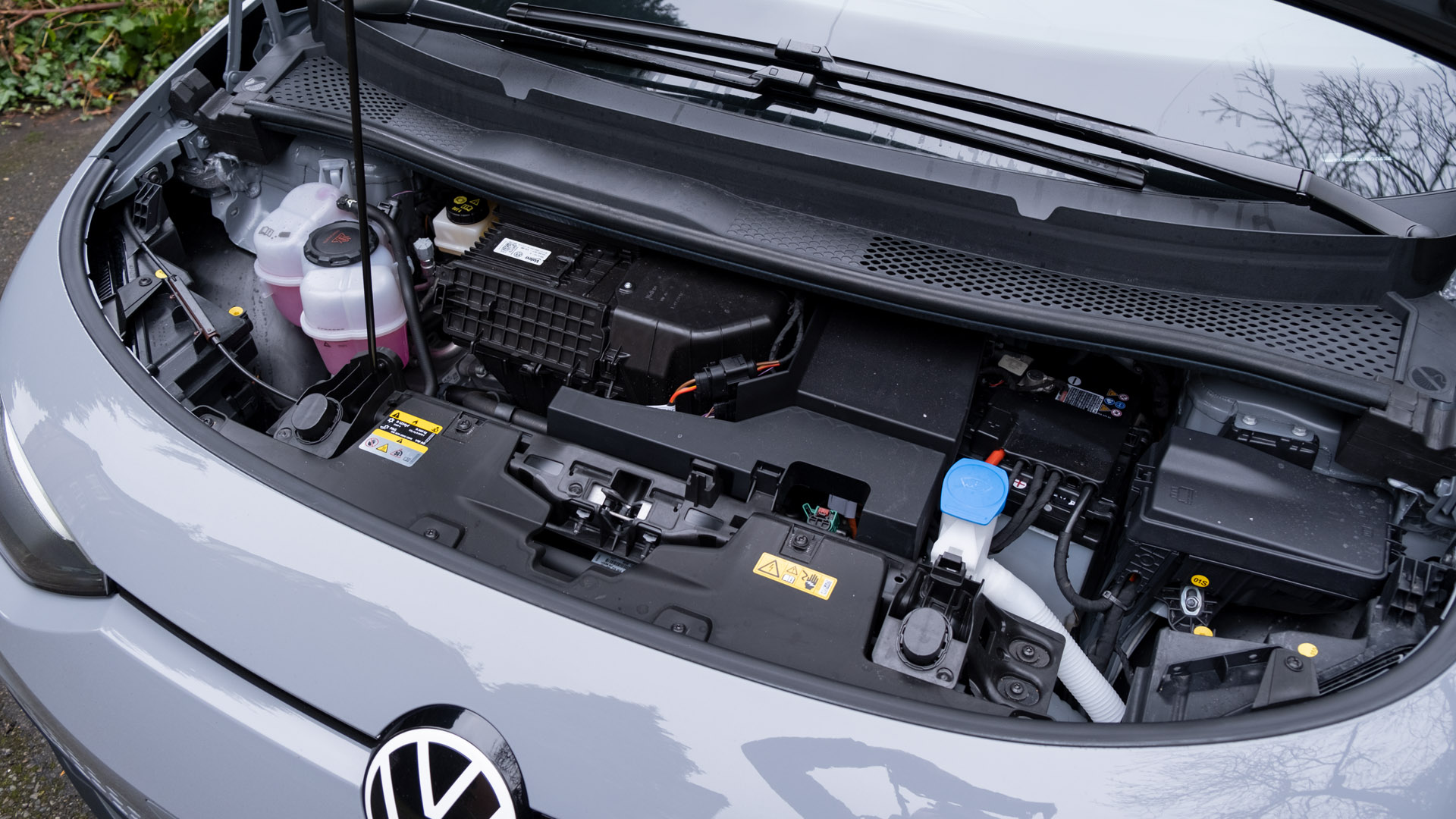
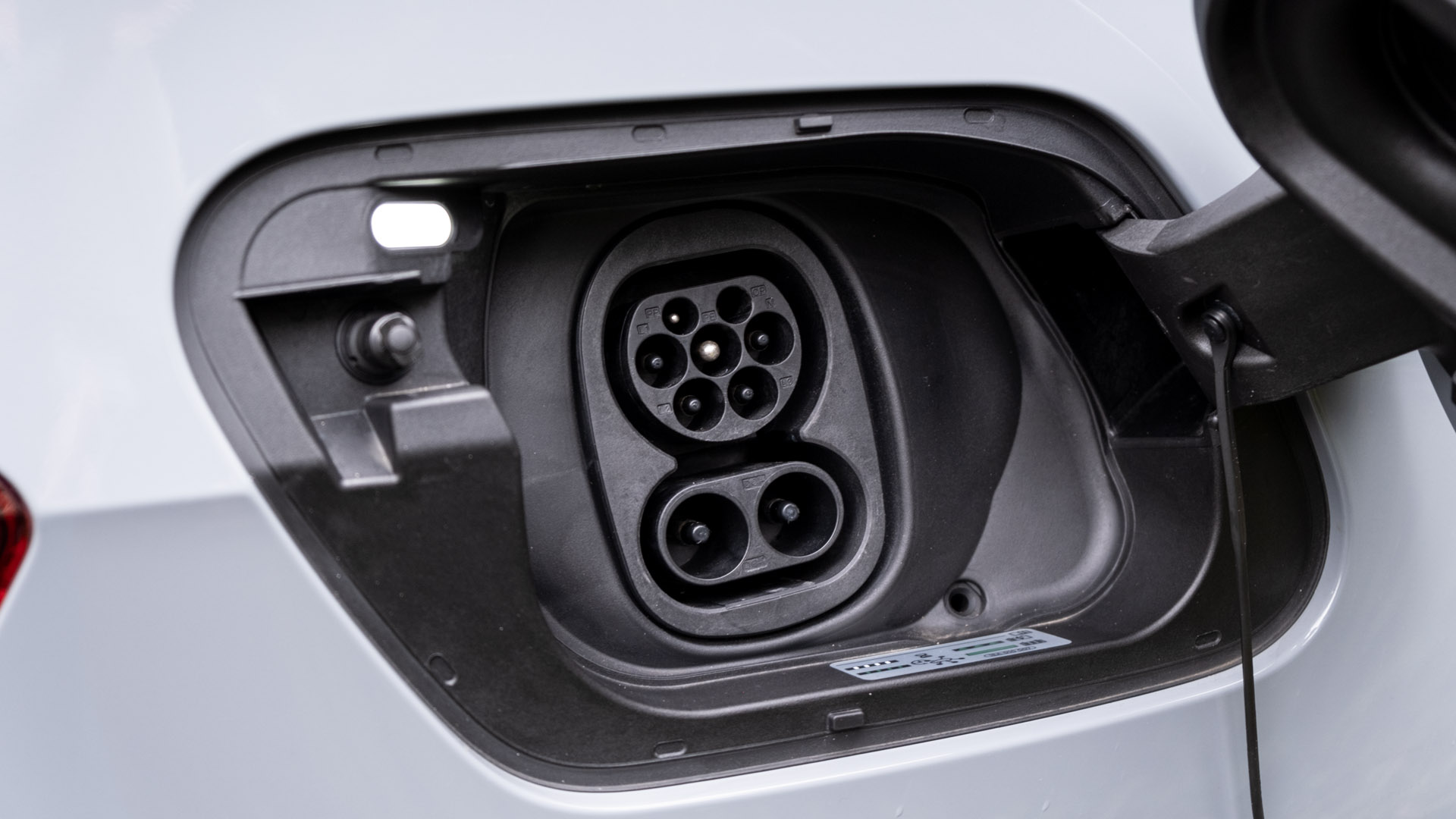
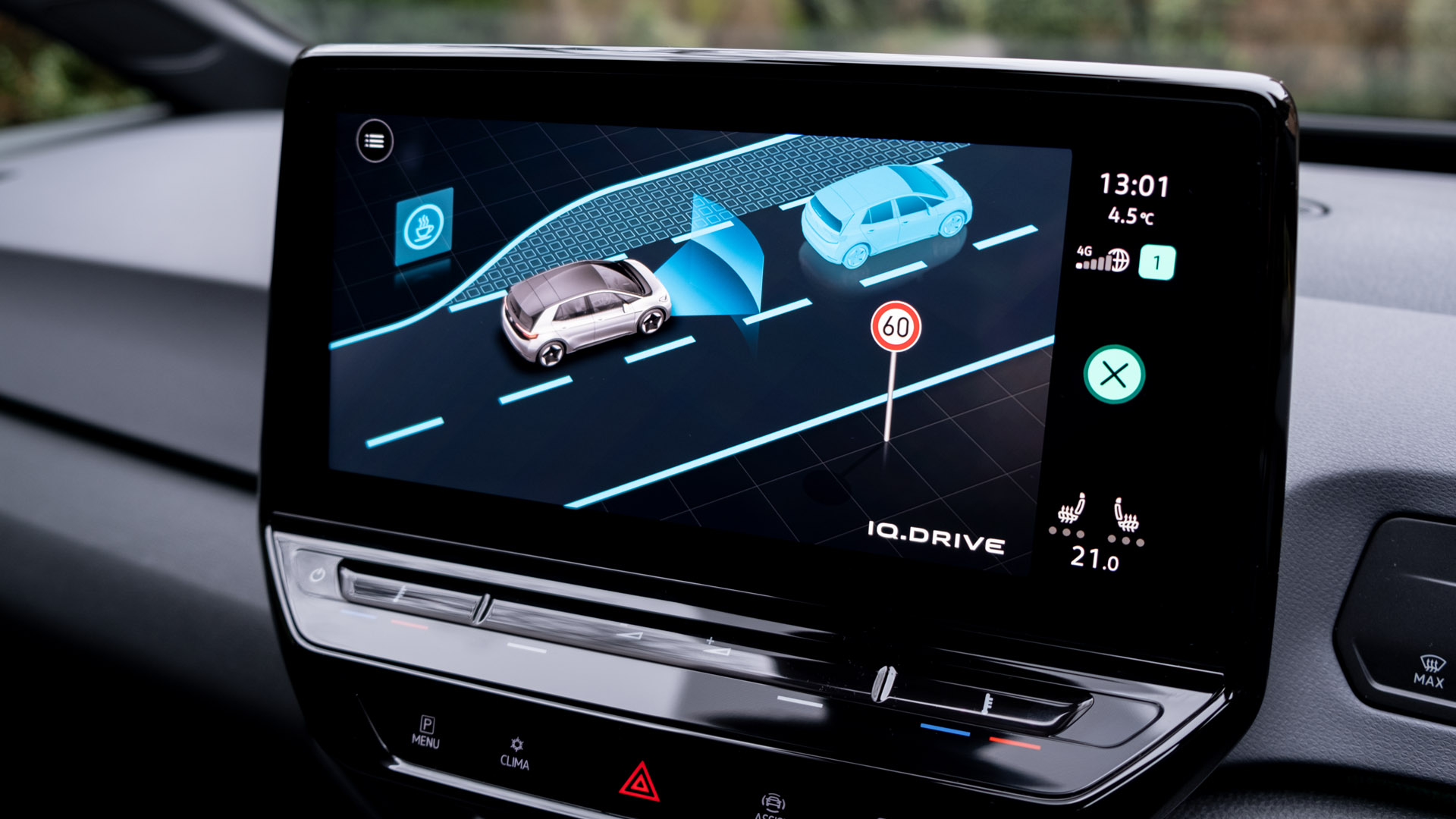
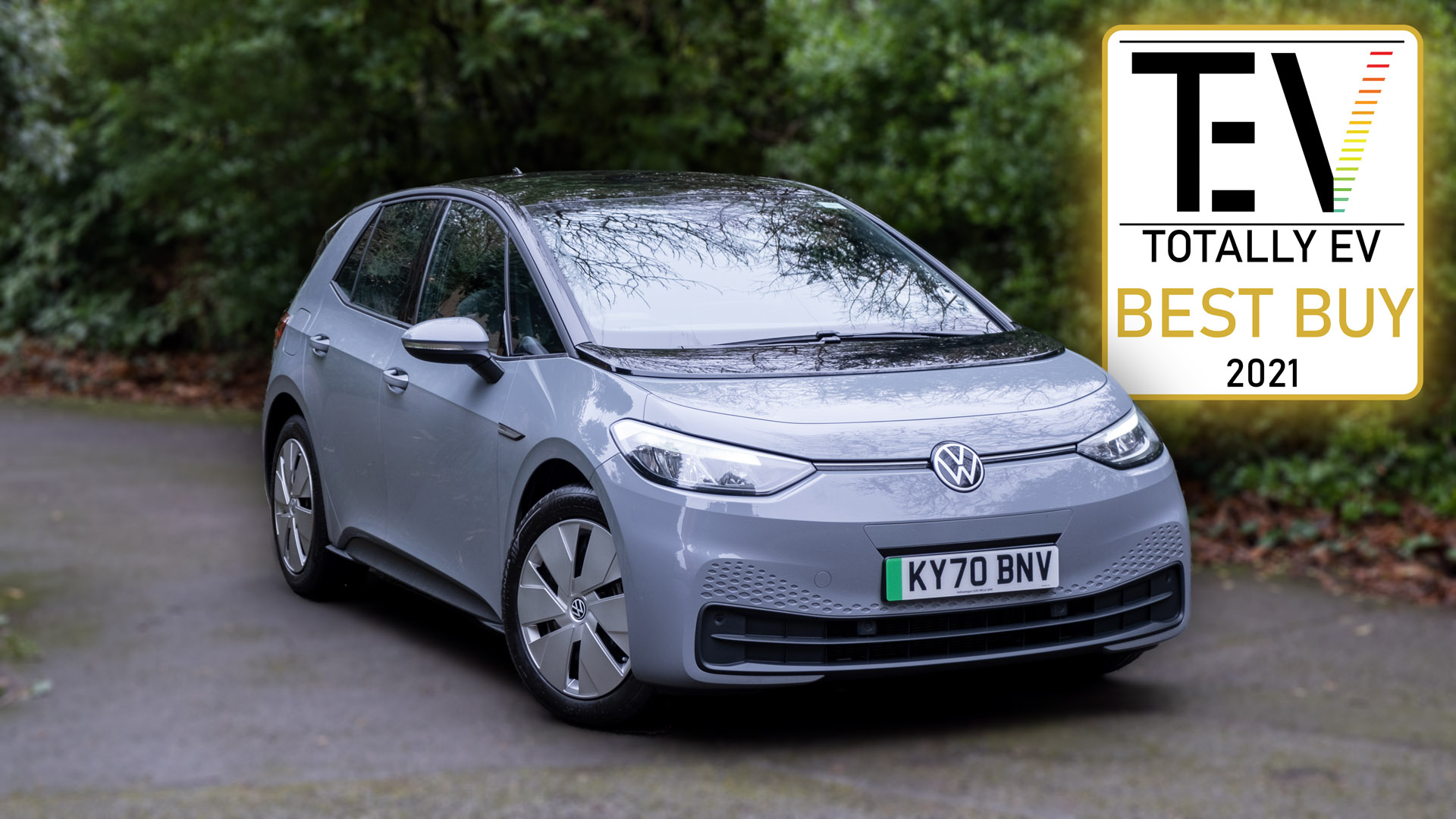




and yet Kona seems to get better real world range with a much smaller battery as long as you don’t floor it, and better acceleration as long as you do floor it. I wonder what gives.
From our tests, both the Kona 64 kWh and ID.3 Pro Performance 58 kWh achieve near the same range; ID.3, roughly 230 miles, while the Koina 240-260 miles.
As for 0-60mph times, the Kona clocked in at 7.6s, while the ID.3 achieves the same tests in 6.45s.
So, not quite sure where your claims/information is from, but from our tests it’s almost the opposite of what you mentioned.
FYI: review of the Kona: https://totallyev.net/hyundai-kona-electric-review/